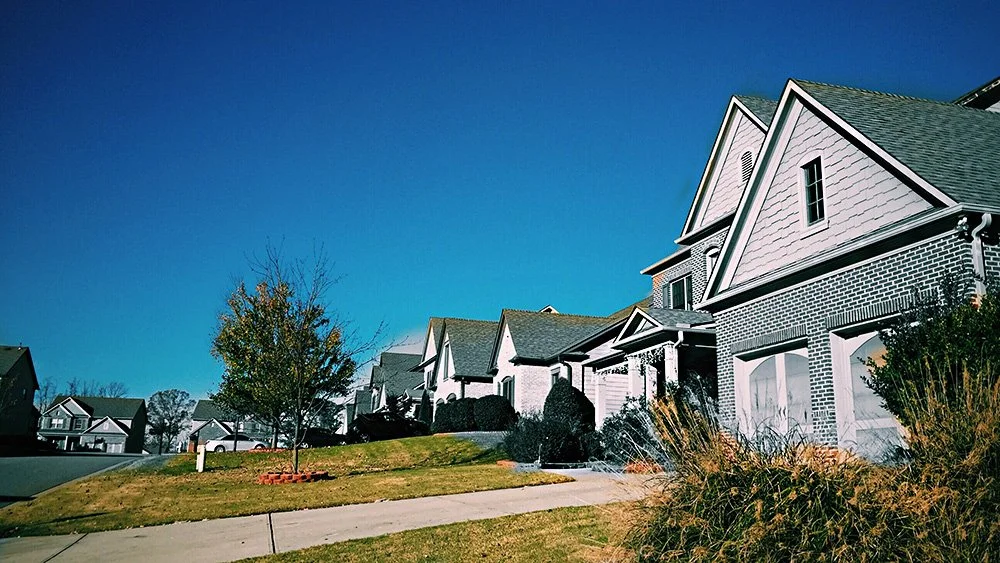This Small Restaurant Outperforms Walmart — Here’s Why
A screenshot from Urban3’s presentation on the City of Austin in Mower County, Minnesota. When it comes to tax revenue, Austin is the economic heart of the county with the financial productivity of its downtown is responsible for much of that.
What if the most valuable properties in your city aren’t the biggest or newest — but the ones hiding in plain sight?
In Austin, Minnesota, a value-per-acre analysis conducted by Urban3 is flipping assumptions and exposing the surprising ways different parts of town shape the city’s financial health.
At first glance, Austin’s Walmart might seem like a major economic asset. Built in 2007, the retail giant occupies 20 acres on the edge of town and brings in $9 million annually in property tax revenue. But when the land is evaluated per acre, the picture changes. Walmart generates just $0.5 million in value per acre. Much of that land is devoted to parking — space that contributes almost nothing to the tax base.
Now compare that to downtown Austin, where El Mariachi Mexican Restaurant sits in a modest building dating back to the late 1800s. Despite its small footprint — less than an acre — the restaurant produces $4.7 million in value per acre. Next door, a local bike shop generates $2.2 million per acre. Even the Austin Art Center, covering only 0.3 acres, outpaces Walmart at $6.9 million per acre.
A screenshot from Urban3’s presentation. Practically every business occupying the century-plus-old Main Street produces more value per acre than the Walmart constructed in 2007.
What makes the difference? Proximity and intensity of use. When buildings are closer together, less land is consumed by infrastructure like roads, pipes, and power lines. That efficiency plays out in the numbers. Denser parcels, even just two stories tall, consistently generate more taxable value per acre than their spread-out counterparts. This isn’t a call for skyscrapers or sweeping megaprojects. Often, the most productive places are modest: a corner restaurant with apartments above, or a duplex designed to blend in with single-family homes. Sometimes, the only clue that a building holds more than one household is an extra mailbox.
Of course, not every parcel needs to be a tax powerhouse. Parks, schools, churches, and plazas offer value that can’t be measured in dollars alone. A warehouse might not top the charts in a value-per-acre study, but it could be providing steady jobs — or even producing the awnings that shade the storefronts downtown. And a quiet greenway or public square might not show up on the city’s balance sheet, but it can lift nearby property values and make a neighborhood feel like home.
Value-per-acre analysis is powerful because it reveals what raw numbers often miss: how efficiently land contributes to a community’s financial health. It doesn’t tell cities what to build or where to build it. But it helps communities see which investments generate lasting value, and which ones may quietly drain resources over time.
In cities like Austin, where thoughtful planning can shape the region’s future for decades to come, these numbers offer more than just a snapshot of current performance. They provide a framework for making decisions — rooted in data, grounded in local context, and focused on building places that work better for everyone.
Behind many of our most impactful stories is a powerful partnership with Urban3—whose economic analyses help communities see what truly builds value. If that’s the kind of insight you want more of, consider joining Strong Towns.
Your membership unlocks access to live conversations, expert resources, and a movement of people who care about building communities that truly work—for everyone.






